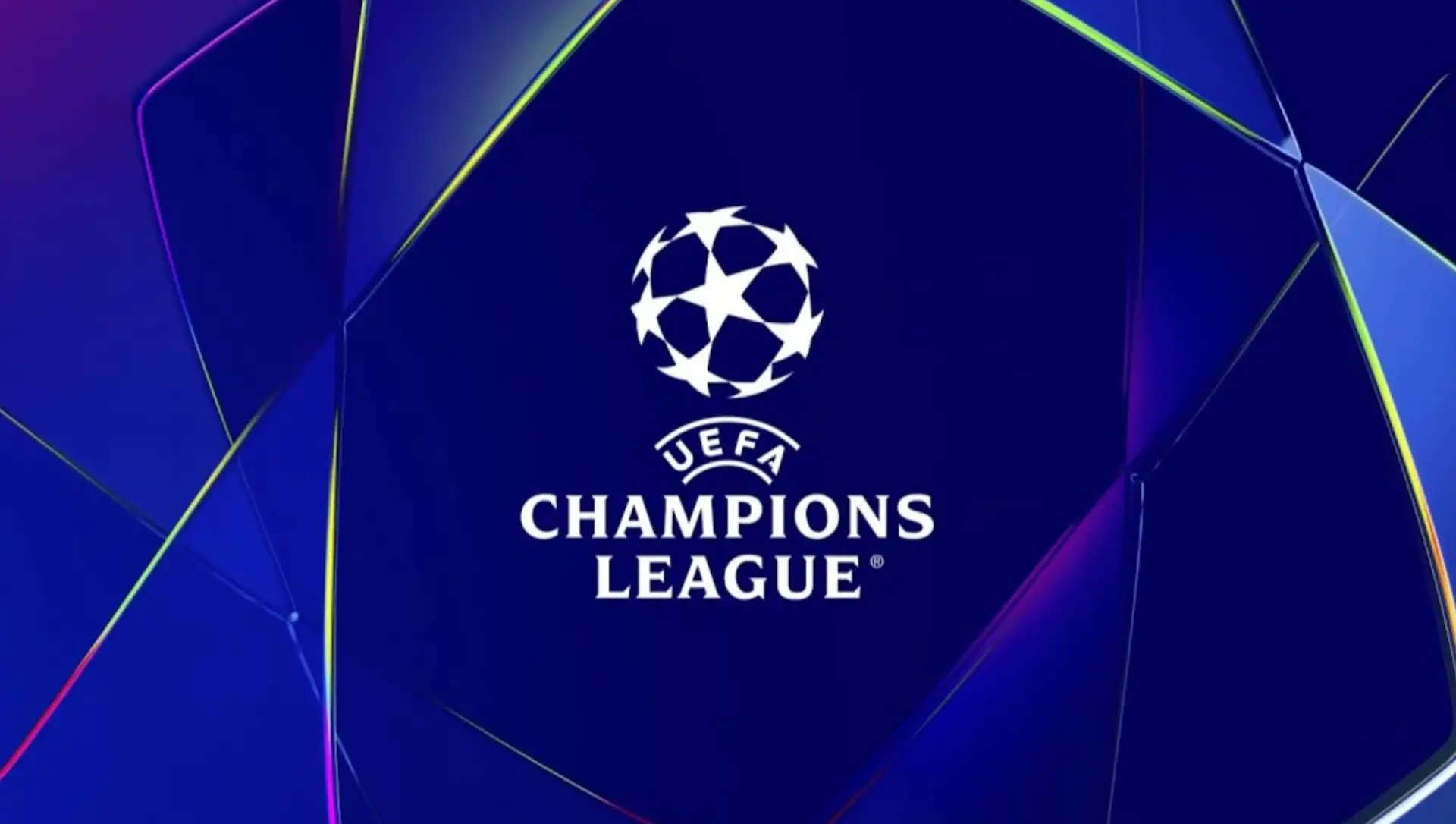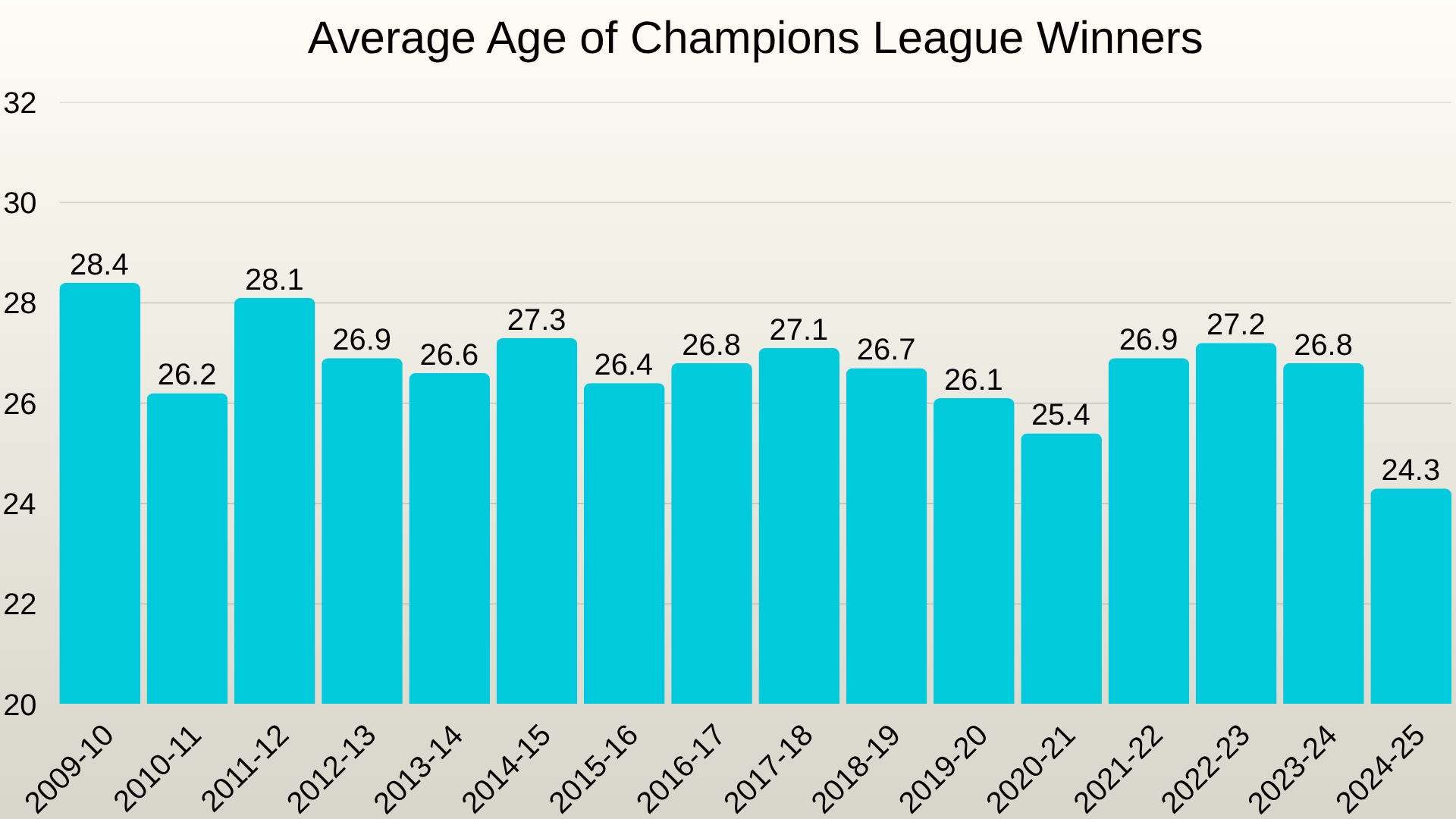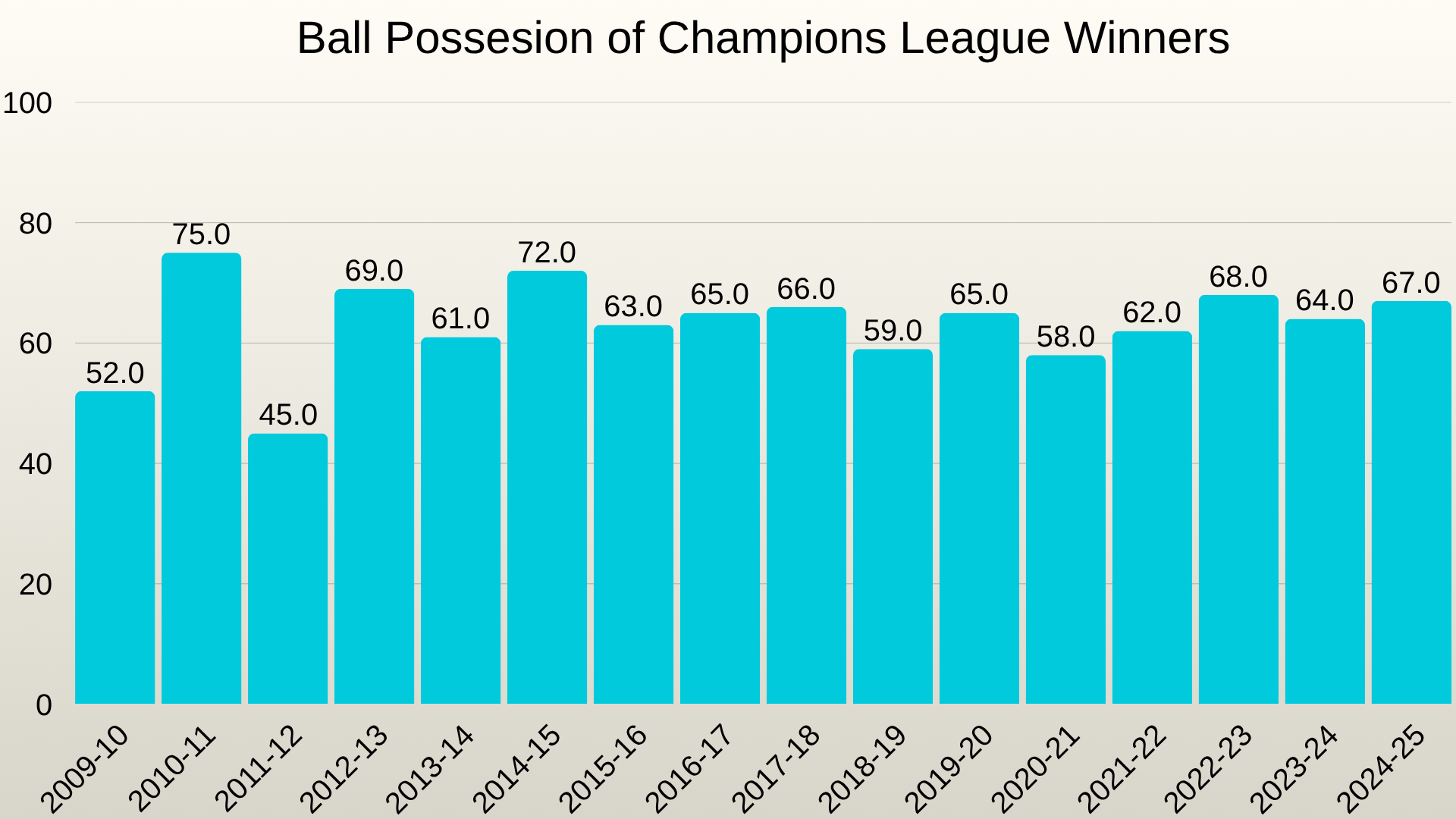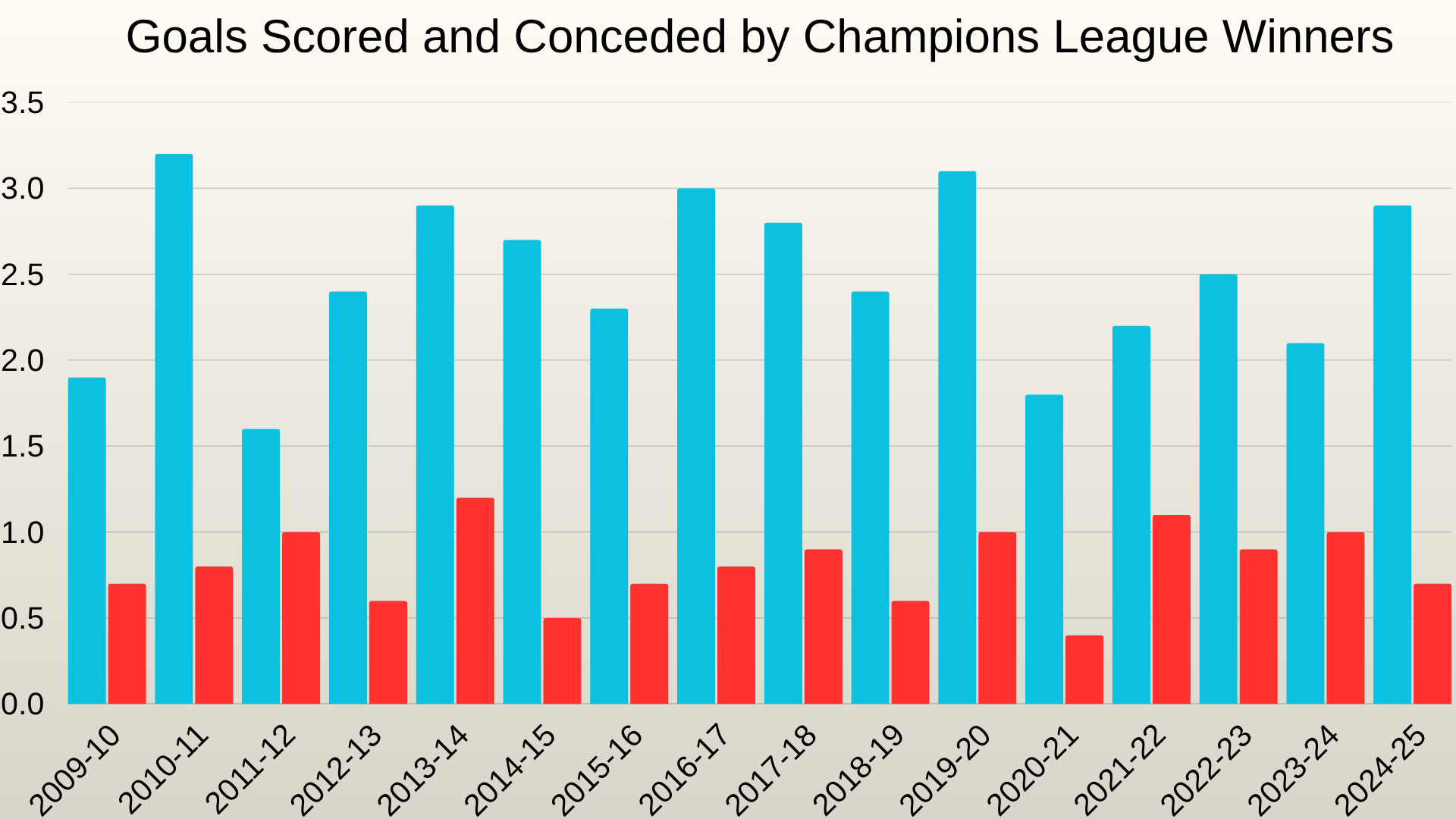Secrets to Success in the UEFA Champions League

The UEFA Champions League is football’s ultimate stage, where Europe’s top clubs battle for glory. What does it take to lift this prestigious trophy? By analyzing data from the 2009-10 to 2024-25 seasons, we’ve uncovered the key factors behind the success of champion teams. From formations to squad age, ball possession, defense, and managerial brilliance, here’s a natural and engaging breakdown of what makes a Champions League winner.
1. The Power of Formation: Why 4-3-3 Reigns Supreme

Tactical setup can make or break a team in the Champions League. According to the data, the 4-3-3 formation is the go-to choice, used by 64% of champions (9 teams) between 2009 and 2025. Clubs like Real Madrid, Barcelona, and Manchester City have dominated with this setup, balancing attack and control.
- Why 4-3-3? This formation offers width in attack and stability in midfield. For example, Barcelona in 2014-15 (Luis Enrique) and Real Madrid in 2016-17 (Zinedine Zidane) used 4-3-3 to overpower opponents.
- Exceptions exist: Chelsea in 2011-12 won with a more defensive 4-2-3-1, proving flexibility matters, but 4-3-3 remains king.
Secret: A balanced, attack-minded formation like 4-3-3 gives teams an edge, especially when adapted to the opponent.
2. Youth or Experience? The Role of Squad Age

The average squad age of Champions League winners hovers around 26-27 years. However, recent years show a shift toward younger teams. For instance, the 2024-25 champions, PSG, had an average squad age of 24.3, one of the youngest in the competition’s history.
- Youthful energy: Teams like Chelsea in 2020-21 (25.4) and Bayern Munich in 2019-20 (26.1) thrived on the dynamism of younger players, excelling in high-intensity matches.
- The value of experience: Older squads, like Inter Milan in 2009-10 (28.4), leaned on composure in clutch moments, with José Mourinho guiding them to victory.
Secret: A blend of youthful energy and veteran know-how is the sweet spot for sustained success.
3. Control the Ball, Control the Game
 Dominating possession is a hallmark of most Champions League winners. On average, champions have a **63% possession rate** and an **86% pass accuracy**. Barcelona’s 2010-11 campaign (75% possession, 92% pass accuracy) set the gold standard.
Dominating possession is a hallmark of most Champions League winners. On average, champions have a **63% possession rate** and an **86% pass accuracy**. Barcelona’s 2010-11 campaign (75% possession, 92% pass accuracy) set the gold standard.
- Possession’s impact: Teams like Manchester City (2022-23, 68%) and Barcelona (2014-15, 72%) controlled games by keeping the ball, limiting opponents’ chances.
- Winning without the ball: Chelsea in 2011-12 defied the trend with just 45% possession, relying on defensive solidity and sharp counterattacks.
Secret: Controlling the ball is a major advantage, but disciplined defending and quick transitions can also lead to glory.
4. Defense vs. Attack: Striking the Perfect Balance

In the UEFA Champions League, success hinges on balancing a rock-solid defense with a potent attack. Data from 2009-2025 shows that champion teams concede an average of 0.8 goals per match while scoring an impressive 2.5 goals per match. This balance is key to lifting the trophy, as seen in the performances of teams like Chelsea, Bayern Munich, and Real Madrid.
-
Defensive strength: Chelsea in 2020-21 set the benchmark with just 0.4 goals conceded per match, suffocating opponents with disciplined defending. Similarly, Liverpool in 2018-19 (0.6 goals conceded) left little room for rivals to exploit, securing their title with a near-impenetrable backline.
-
Offensive Firepower: Bayern Munich in 2019-20 led the pack with 3.1 goals scored per match, using their attacking prowess to offset a relatively higher 1.0 goals conceded. Real Madrid in 2013-14 (2.9 goals scored, 1.2 conceded) also relied on their offensive strength to overcome defensive vulnerabilities.
-
The Extremes: While Barcelona in 2010-11 scored a staggering 3.2 goals per match with a solid 0.8 goals conceded, Chelsea in 2011-12 managed only 1.6 goals scored but compensated with a tight 1.0 goals conceded, proving that different paths can lead to victory.
Secret: Keeping goals conceded low is vital for survival, but pairing a strong defense with a dynamic attack creates the ultimate winning formula in the Champions League.
5. The Manager’s Magic Touch
A great manager can turn a good team into a champion. Carlo Ancelotti and Zinedine Zidane lead with three titles each, while Pep Guardiola and Luis Enrique follow with two apiece.
- Tactical flexibility: Ancelotti’s Real Madrid adapted to every opponent, like using a 4-3-1-2 to beat Dortmund in 2023-24.
- Leadership: Jürgen Klopp’s ability to inspire Liverpool in 2018-19 lifted them to the title.
Secret: A manager who combines tactical nous with the ability to motivate players is the backbone of any champion team.
Conclusion: The Recipe for Champions League Glory
Winning the Champions League comes down to a mix of the right formation, a balanced squad, ball control, a tight defense, and a visionary manager. The 4-3-3 formation dominates, younger squads are on the rise, and a solid defense is critical. Whether it’s Barcelona’s possession game, Chelsea’s defensive grit, or Real Madrid’s attacking flair, every champion adapts these elements to their style.
For football fans: Take inspiration from these secrets to understand what makes your team shine! Stay tuned for more Champions League insights and stats.
Keywords: Champions League, football tactics, 4-3-3 formation, squad age, possession, defense, manager success.
